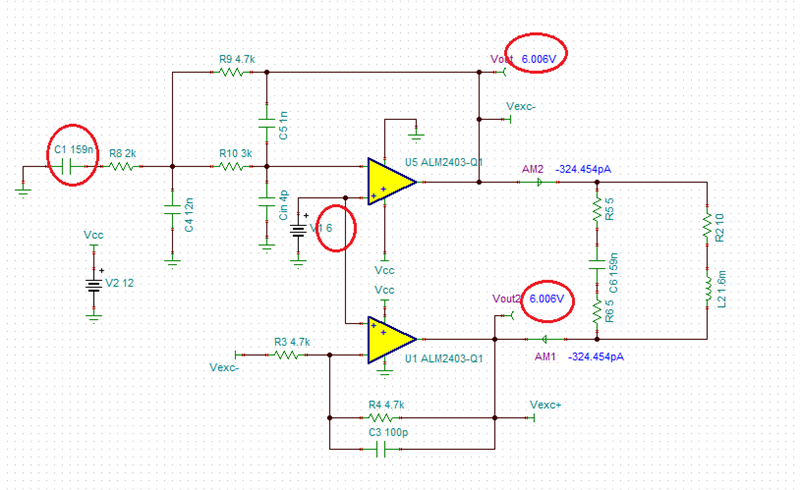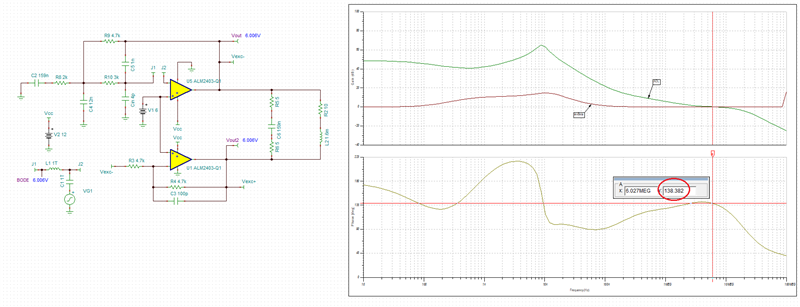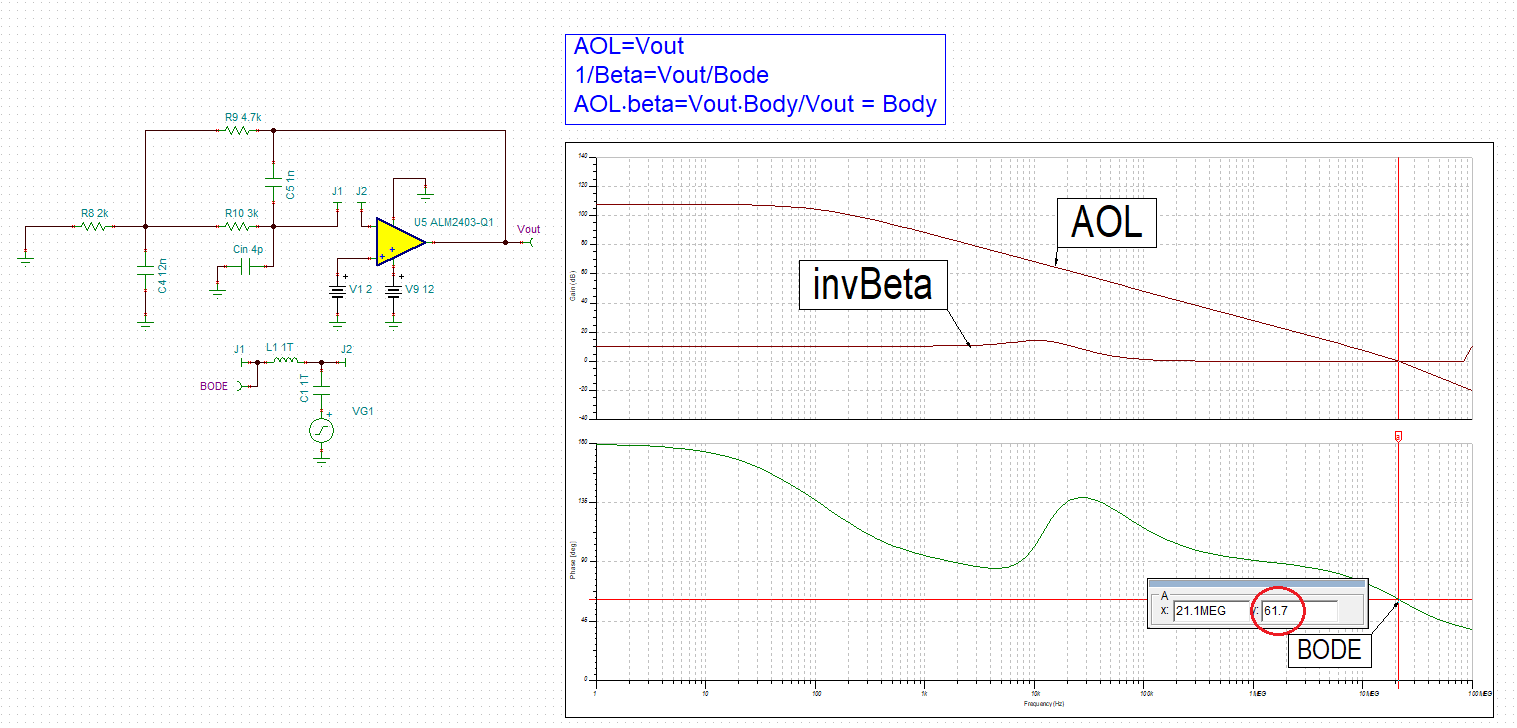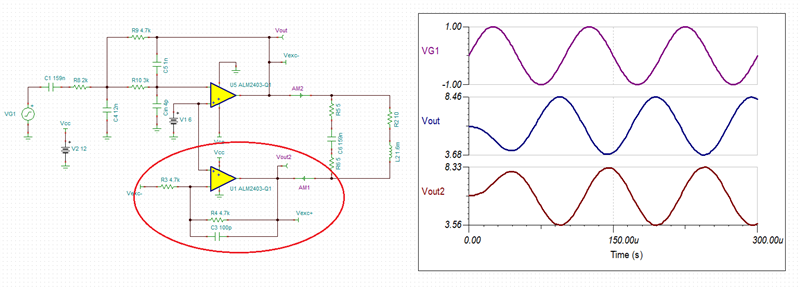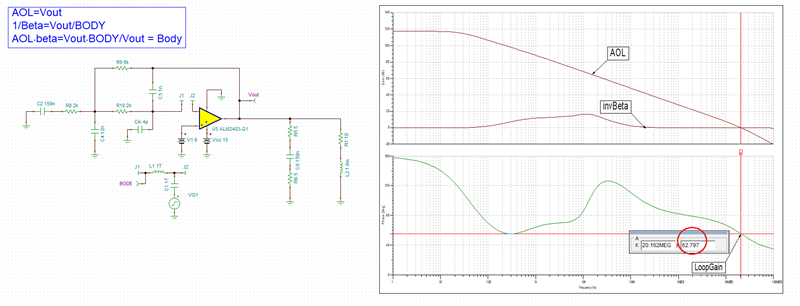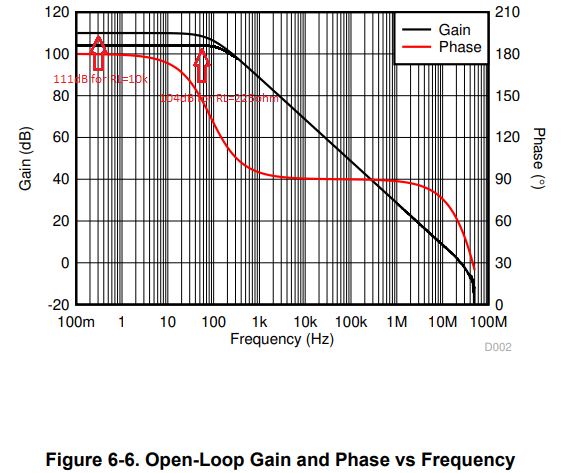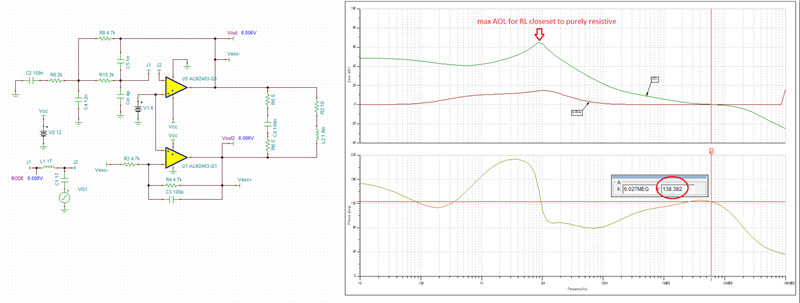Hello,
in my last post I got a answer for the additional 10nF in the reference design (SBOA504):
"In order to minimize the power dissipation inside the ALM2403-Q1, 10nF (Ccrs) capacitors are there to make the load look purely resistive. This is accomplished by canceling the complex part of coil inductance with addition of Ccrs caps while EMC capacitors between outputs and the ground may be added to help shield other devices on the PCB from the radiation created by the motor and resolver."
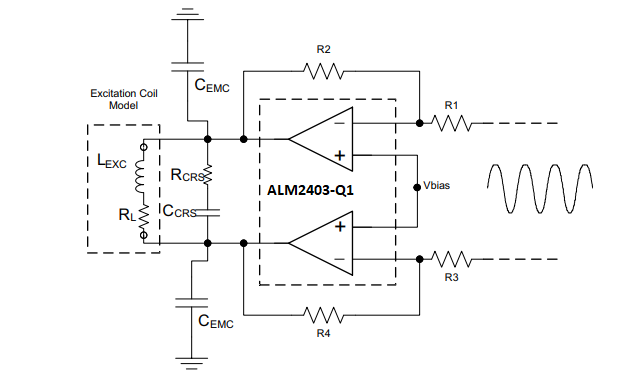
This additional 10nF really noised me, because I must put a additional serial 10Ohm to make the System stable, but with this 10Ohm then I got a another problem: reduced amplitude for resolver and very high power dissipation in case short fault.
So my question here is this 10nF on the output really necessary?
If yes, is this value "10nF" a general value for all cases or should be exactly calculated according to the resolver parameters? and how about the Rcrs? What is the "crs" meaning?
Here also my resolver parameter:
Primary side: R = 10 Ohm, L = 1.6mH @ 10kHz
Second side: R = 23 Ohm, L = 5mH @10kHz
Can anybody tell me what for a Ccrs or Cemc should I take? And why?
Thank you very much!
Jin





